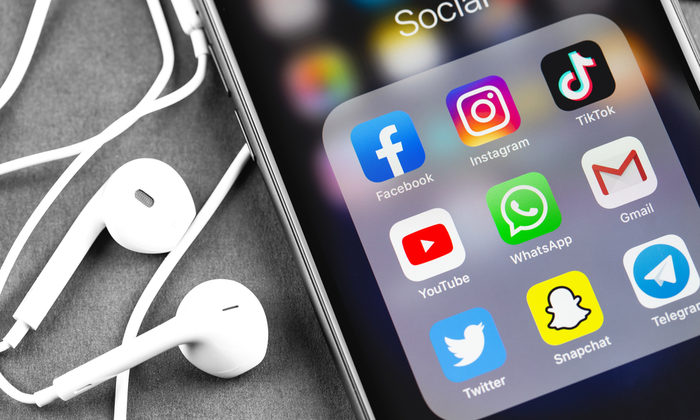Crowd Intelligence: How to Harness the Power of Collective Wisdom
Warning: Trying to access array offset on value of type bool in /home2/crowdhau/public_html/wp-content/themes/skillate/lib/social-share.php on line 7
Crowd intelligence uses data and insights from large groups of people to solve problems, make decisions, and create innovations. Crowd intelligence can be applied to various domains, such as business, science, politics, and entertainment.
This article will explore what crowd intelligence is, how it works, and its benefits and challenges.
What is crowd intelligence?
Crowd intelligence is the collective knowledge and wisdom that emerges from the interactions and collaborations of many individuals. Crowd intelligence can be seen as a form of distributed cognition where different agents contribute their perspectives, skills, and information to a shared goal. Crowd intelligence can also be seen as collective intelligence, where group performance exceeds the sum of individual performances.
Crowd intelligence can be achieved through various methods and platforms, such as:
- Crowdsourcing: The practice of obtaining ideas, services, or solutions from a large network of people, usually online. Examples of crowdsourcing platforms include Wikipedia, Kickstarter, and Amazon Mechanical Turk.
- Crowd analysis: The practice of interpreting data on groups or objects’ natural movement and behavior. Examples of crowd analysis applications include video game crowd simulation, security and surveillance, and crowd management.
- Crowd computing: The practice of using the computational power and resources of a large network of devices, usually online. Examples of crowd-computing platforms include SETI@home, Folding@home, and Bitcoin.
- Crowd innovation: The practice of using the creativity and expertise of a large network of people, usually online, to generate novel ideas or products. Examples of crowd innovation platforms include Innocentive, Quirky, and Kaggle.
How does crowd intelligence work?
Crowd intelligence works by leveraging the diversity, scale, and connectivity of large groups of people. Diversity refers to the variety of backgrounds, experiences, opinions, and skills everyone brings. Scale refers to the number of people that can participate in each task or challenge. Connectivity refers to the ability of people to communicate and collaborate with each other through various channels and platforms.
Crowd intelligence works by following four main steps:
- Define: The first step is to define the problem or goal that needs to be addressed by the crowd. This involves specifying the scope, criteria, and incentives for participation.
- Collect: The second step is collecting data and input from the crowd. This involves designing and deploying a platform or method that allows people to contribute their ideas, opinions, solutions, or resources.
- Analyze: The third step is to analyze the data and inputs from the crowd. This involves applying various techniques and tools to filter, sort, evaluate, and synthesize the information.
- Apply: The fourth step is to apply the data and inputs from the crowd. This involves implementing or testing the best ideas or solutions from the analysis.
What are some benefits of crowd intelligence?
Crowd intelligence can offer several benefits for individuals and organizations that use it. Some of these benefits include:
- Cost-effectiveness: Crowd intelligence can reduce the costs associated with hiring experts or acquiring resources by tapping into the existing pool of online talent and knowledge.
- Quality: Crowd intelligence can improve the quality of outcomes by incorporating diverse perspectives and feedback from many people.
- Speed: Crowd intelligence can accelerate the process of problem-solving or innovation by distributing the workload among many participants who can work in parallel or asynchronously.
- Scalability: Crowd intelligence can adapt to changing needs or demands by increasing or decreasing the number of participants or inputs as needed.
- Creativity: Crowd intelligence can foster creativity by exposing participants to new ideas or challenges they might not encounter otherwise.
What are some challenges of crowd intelligence?
Crowd intelligence can also pose some challenges for individuals and organizations that use it. Some of these challenges include:
- Coordination: Crowd intelligence can require coordination among participants with different goals, motivations, or expectations.
- Quality control: Crowd intelligence can entail quality control issues such as ensuring accuracy, reliability, validity, or relevance of the data or inputs from the crowd.
- Ethics: Crowd intelligence can raise ethical issues such as ensuring fairness, transparency, privacy, or security for the participants and stakeholders involved.
- Evaluation: Crowd intelligence can involve evaluation difficulties such as measuring the impact or value of the outcomes generated by the crowd.
Conclusion
Crowd intelligence is a powerful concept enabling individuals and organizations to leverage large groups of people’s collective wisdom and capabilities. Crowd intelligence can be applied to various domains and purposes using different methods and platforms.
Crowd intelligence can offer several benefits, such as cost-effectiveness, quality, speed, scalability, and creativity. However, crowd intelligence can also pose challenges like coordination, quality control, ethics, and evaluation. Therefore, crowd intelligence requires careful planning, design, and management to ensure its success and sustainability.







